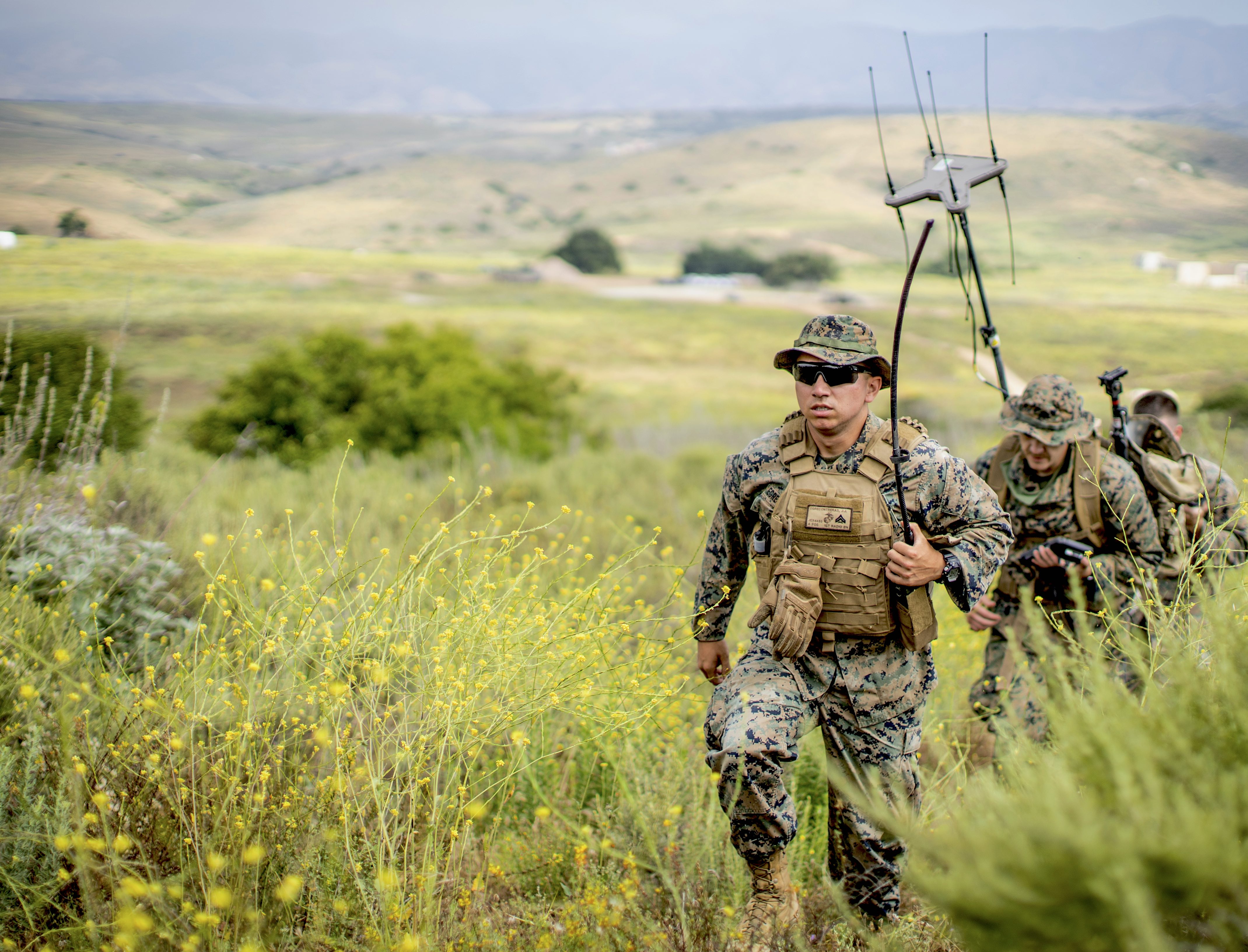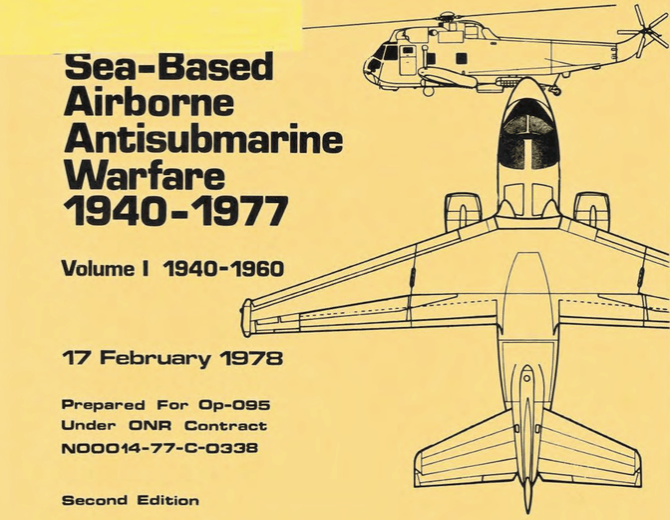If we are scaling down the war on terrorism and concentrating on containing China and Russia, then these boats are not very cost effective if not outright useless. Perhaps Saudi Arabia can purchase them to operate on their own. Instead, we have a large enough fleet of LCS, which offer more firepower and protection for crews.
Naval News reported on 30 Jan that the US Navy were not planning to replace the Cyclone class Patrol Coastal boats.
Originally built to transport eight of the elite Naval Special Warfare U.S. Navy’s Sea-Air-Land (SEALs) special forces operators, the PCs were considered too large and too poorly armed for the clandestine stealthy transport role because the PCs’ size for transporting just eight SEALs didn’t seem effective, nor could the PCs stand up and survive against small enemy warships and warplanes outside of its effective gun range. The Navy’s attitude towards the PCs changed when they were stationed in the Middle East as the Navy found them very useful for patrolling against small and fast enemy Fast Attack Craft/Inshore Fast Attack Craft (FAC/IFAC) speedboats.
For
purely speculative analytical purposes, the Naval News report touched on the prospect of using the
Littoral Combat Ship (LCSs) or the US Coast Guard Fast Response Cutter (FRC) to replace the Patrol Coastal Boats.
Look at the draft and cost of a LCS compared to a U.S Navy’s Patrol Coastal, a MK VI PB, and a U.S. Coast Guard’s Fast Response Cutter (FRC):
- A LCS has a draft of 14.1 feet (4.3 meters) and cost around $430-$440 million each, costing even more with the planned installation of eight Naval Strike Missiles and other lethality upgrades.
- A Patrol Coastal boat has a draft of 7.5 feet (2.3m) and cost $20 million around the 1990s when they were built.
- A Mark VI Patrol Boat’s draft is 4 feet (1.2 m) with a cost around $15 million each.
- A Coast Guard Fast Response Cutter has a draft of 9.5 feet (2.5 m), a maximum speed of 28+ kts, and cost around $70 million each.
One issue in replacing the Patrol Coastals with the LCSs is, well,
big and tall. The size and height differences between the LCS compared to the Patrol Coastals, Patrol Boats, and Fast Response Cutters is that the LCSs tower above the much smaller patrol boats. The LCS is so tall that its self-defense guns may not be able to depress low enough to fire at the FAC/IFAC boat swarms’ hulls if they get too close, then the LCS will have to rely on the guided RAM missiles and (if installed) Longbow Hellfire Surface Warfare Mission Package for a sure kill, or as a last resort, personal handheld weapons such as carbines, pistols, and portable machine guns. Thus, the low height of the Navy’s Patrol Coastals and MK VI Patrol Boats offer an advantage in close-quarters line-of-sight littoral combat that the LCSs higher-sitting weapons might not offer. This might be especially true against stealthy enemy semi-submersibles hidden in the waves that might be able to sneak up on a LCS where its radar sits so high up that the “radar dome’s coverage” might not be low enough to detect small close-in surface targets hidden in the waves (slipping underneath the LCS’s radar).
Both the Patrol Coastal boats and the MK VI patrol boats found new roles in asymmetric naval warfare (i.e the 'war on terrorism') but the shift to peer adversary operations does not mean that the asymmetric naval warfare roles will disappear. Rather the it will just mean a change in who is using the asymmetric tactics.

 www.navyrecognition.com
www.navyrecognition.com








